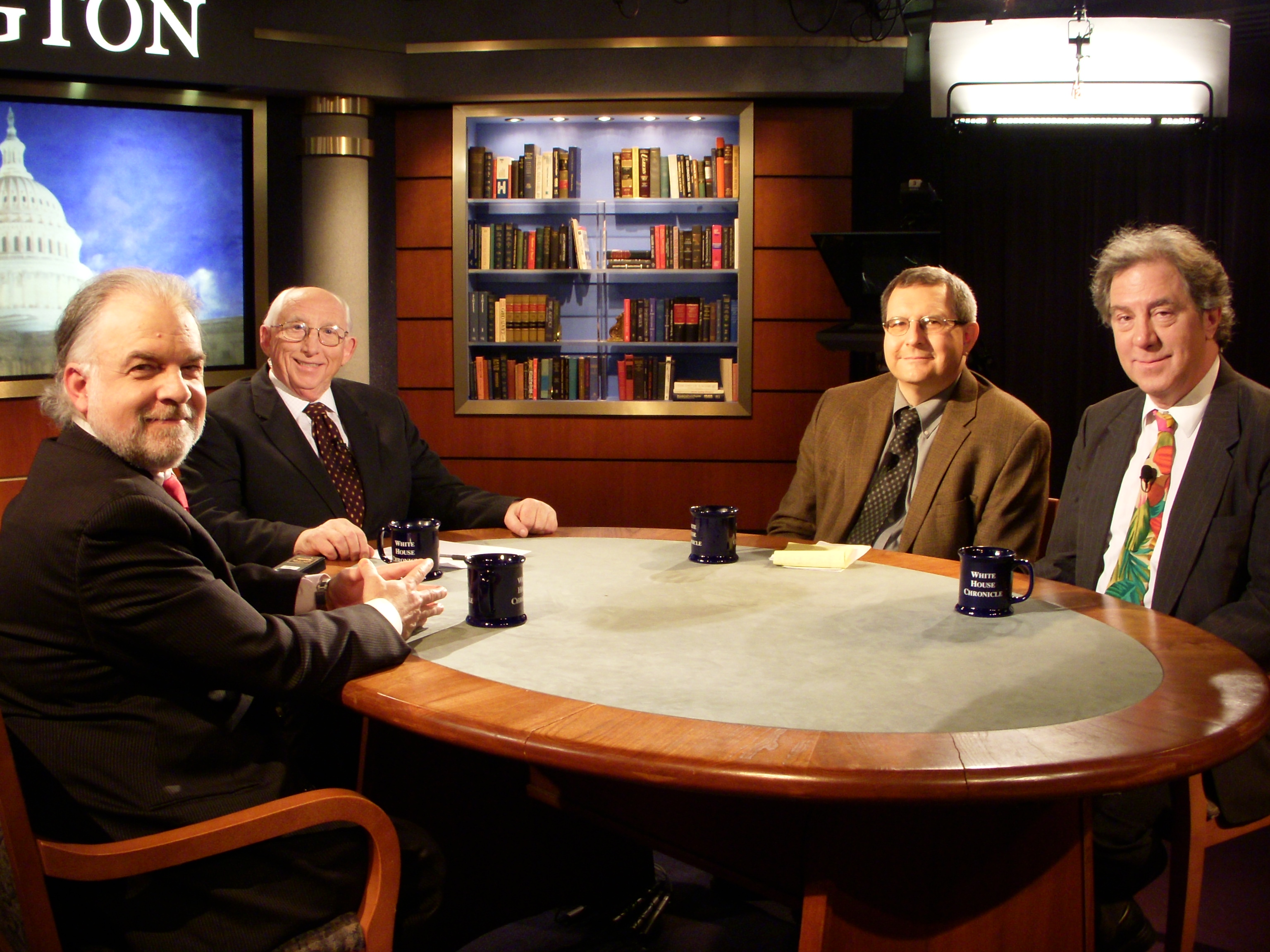Two seemingly unrelated items of medical news: Ebola is devastating West Africa, and may spread around the world, and the entertaining ice bucket challenge has raised $115 million for ALS research.
The linkage is that both diseases have needed and still need medical research. So do hundreds of other diseases and conditions.
The truth is that the amount of money the United States spends on medical research is falling precipitously. It has been hit by budget worries in Congress, sequestration, and the decline in research funding by corporations.
Leo Chalupa, vice president for research at The George Washington University, said on “White House Chronicle” last weekend that the National Institutes of Health budget for research grants has decreased by 20 percent since 2004. He said that five out of six research applications are now rejected by the NIH, the principal conduit for federal funding of medical research.
The George Washington University is a member of the Science Coalition, a group of more than 60 of the nation's leading public and private research universities. Since its establishment in 1994, the coalition has advocated for sustained federal investment in basic scientific research as a means to stimulate the economy, spur innovation and drive America's global competitiveness.”
The late David Fishlock, science editor of the Financial Times, wrote and spoke elegantly about the problem democracies have in sustaining scientific funding; how they tend to be heavy on the gas, and then heavy on the brakes.
The government funds research through its own network of institutes and laboratories, and through grants to universities and corporations. When it comes to capturing the energy and flair of young researchers, the universities are vital.
Jennifer Reed, associate professor in the Department of Chemical and Biological Engineering at University of Wisconsin-Madison, said on “White House Chronicle” that universities contract with graduate students for five years, but the federal grants for research, when they get them, can be for less time. Reed said this is devastating to the research and the lives of the young researchers. Her funding comes from the Department of Energy and is aimed at using renewable materials to make alternatives to fossil-based plastics; also energy storage.
The problem is acute in medical research, most of which has its genesis in grants made by the NIH. Contrary to popular belief that medical funding is shouldered in the private sector, Chalupa said pharmaceutical companies often have narrow interests in particular drugs for particular conditions. “They have shareholders to answer to,” he said.
But it is not just funding that bedevils research, it is politics as well. Good projects are canceled and bad ones are incubated, depending on their appeal to particular constituencies. For example, fusion research has been lavished with money compared to other nuclear research needs, including the increased use of nuclear medicine to save lives and suffering.
Also the government funds research through many agencies, and this often reflects local or political pressure. Some researchers have found that they have to shop for funding, from NIH to the Pentagon to the National Science Foundation. Others have turned to crowd-funding, including the famed virus hunter Dr. W. Ian Lipkin, who directs the Center for Infection and Immunity at Columbia University's Mailman School of Public Health. Dr. Lipkin is now in high demand because of the Ebola crisis. But if there had been more work on viruses since the discovery of Ebola in 1976, there might now be a vaccine or other therapy to deal with the epidemic.
The United States is still the creative engine of the world. But without steady expenditure, it won't be firing on all cylinders. Chalupa and Reed warned China is increasing its funding for research rapidly, and is set to overtake the United States.
One (or more) patient launched the iced water caper that has been so successful out of frustration with the ALS research effort. It has been creative, but it will not keep the United States as the preeminent home of brave discoveries. Or to help the sick. — For the Hearst-New York Times Syndicate








